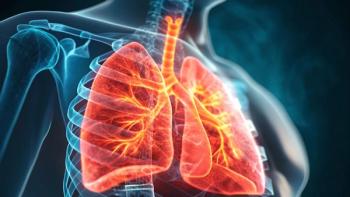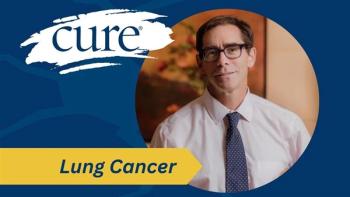
Cancer Rates 'Soar' in Flight Crew Compared with General Population
While having a career as a flight attendant allows individuals to travel the globe, exposure to carcinogens and frequent disruptions in circadian rhythms may increase cancer prevalence in these individuals, according to recent research published in the journal Environmental Health.
While having a career as a flight attendant allows individuals to travel the globe, exposure to carcinogens and frequent disruptions in circadian rhythms may increase cancer prevalence in these individuals, according to recent research published in the journal Environmental Health.
“Flight attendants, in general, are an understudied occupational cohort relative to other occupations. But at the same time, they have a wide range of exposure to possible, probable and known carcinogens,” study author Irina Mordukhovich, research fellow at the Harvard T.H. Chan School of Public Health, said in an interview with CURE.
In 2014 and 2015, researchers surveyed more than 5,300 participants of the Harvard Flight Attendant Health Study to compare their results to over 2,700 survey participants with a similar socioeconomic status from the 2013-2014 National Health and Nutrition Examination Survey (NHANES).
The Harvard survey included questions regarding self-reported health outcomes, symptoms, work experiences, personal characteristics and employment history. More than 80 percent of respondents in the Harvard survey were women compared with 54 percent in the NHANES survey.
The flight attendant group reported a higher incidence of all cancers examined, with a particularly strong prevalence of breast cancer, melanoma and non-melanoma skin cancers, compared with the general population. Similar results were also seen in a previous European study that examined the occupational hazards of airline pilots, who are exposed to the same type of environment.
Job tenure among flight attendants appeared to be correlated to non-melanoma skin cancer in females, with borderline associations for melanoma and non-melanoma skin cancers in males. Consistent with previous studies, the researchers found associations between the duration of one’s job history and breast cancer among women who had three or more children.
Other cancers that occurred in higher rates in the flight attendant population included uterine, cervical, gastrointestinal and thyroid cancer.
Mordukhovich said that some potential contributing factors to the higher cancer rates in this population include exposure to ionizing radiation, which is more prevalent at high altitudes and has been previously linked to breast cancer; exposure to UV radiation, which, again, can be higher at increased altitudes and comes through airplane windows; and pesticide and flame retardants that may be used on the aircraft.
Not to mention, circadian rhythm disruptions have been linked with increased cancer risk in people who
“They actually have more circadian rhythm disruptions than other night workers because of time zone changes,” Mordukhovich said, mentioning that circadian rhythm disruptions were classified as a probable carcinogen by the World Health Organization (WHO).
While Mordukhovich said that it would be nearly impossible to completely eliminate flight attendants’ exposure to carcinogens, there are steps that can be taken — both from an individual and a regulatory standpoint – to promote health.
For example, she mentioned that the minimum rest time for flight attendants is currently eight hours, though this does not account for de-boarding the plane and transportation to and from the crew’s home or hotel room. This can easily lead to getting just a few hours of sleep before having to wake up and head back to the airport. A policy that demands a longer rest time could help these employees get more rest.
Flight attendants can promote their own health by doing things such as wearing sunscreen on the plane, avoiding screens the hour before they go to bed to promote more restful sleep and implementing healthy eating and exercise habits.
Mordukhovich said that she would like to see additional research on this topic, as well as the cancer rates in frequent fliers — a cohort that has never been studied when it comes to cancer risk. “More research is definitely needed,” she added.





